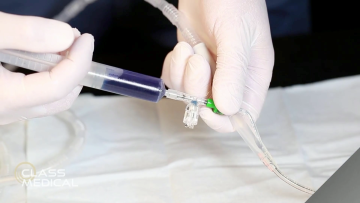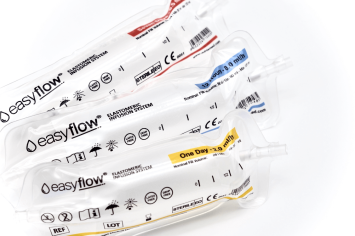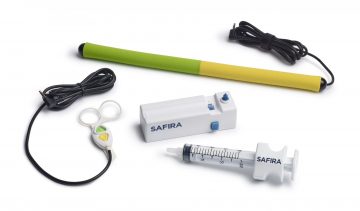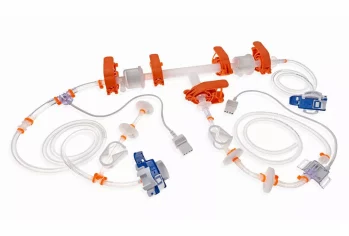When it comes to choosing between single-use and reusable medical devices, the goal is to strike a balance that not only benefits the healthcare industry and patient outcomes but also minimises the environmental impact³.
The Environmental Dilemma
As anticipated, the disposal of single-use medical devices sparks concerns among hospital staff, leading to a thorough evaluation of their environmental implications. Despite concerns about the use of single-use devices, factors such as rising labour costs, capital expenses, repair costs, and energy demands have propelled them into the spotlight as the preferred equipment choice 1.
Is Single-Use the Better Solution?
Environmental Impact in Focus
Originally intended for exceptional circumstances where disinfection was challenging, single-use products have now become commonplace. In hospitals where reusable devices are prominent, specific procedures are employed for cleaning and disinfecting reusable devices. Nonetheless, this reprocessing leads to the creation of concealed waste 1.
Lilholt Sørensen’s comparative study highlights the environmental consequences of both reusable and single-use bronchoscopes, demonstrating that the consumption of materials is substantial for reusable devices. This comparison suggests that reusable devices may have comparable if not higher material and energy consumption, CO2 emissions, and resource consumption, contingent on the specific use of PPE and cleaning procedures 1. On the other hand, single-use products eliminate this energy consumed during reprocessing and the disposal of cleaning materials³.
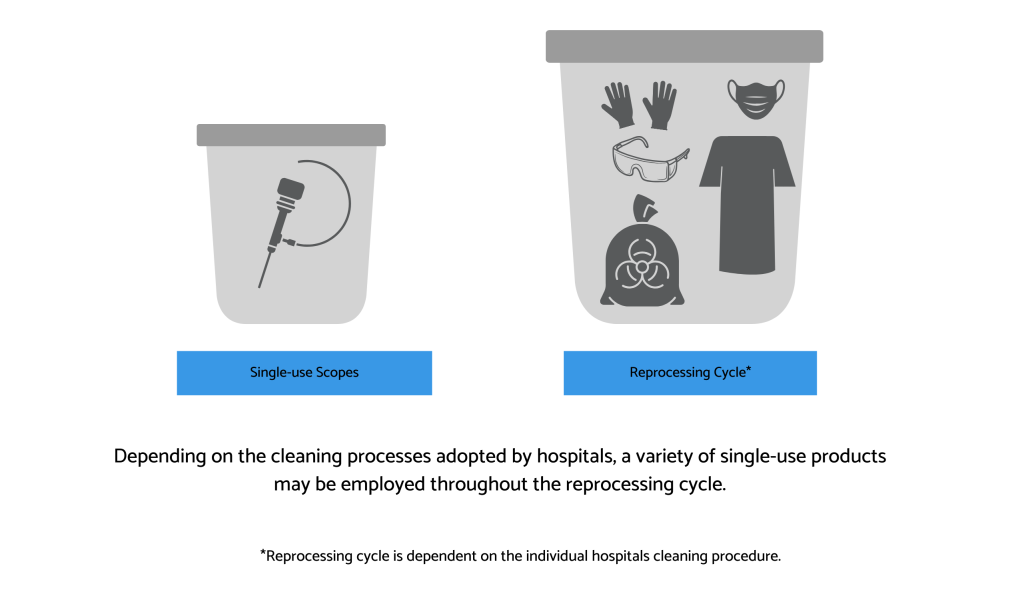
Navigating the Cost Terrain
Beyond environmental concerns, the financial aspect also plays a pivotal role in the single-use vs. reusable debate. In the study, ‘Cost comparison of single-use versus Reusable flexible ureteroscope: A systematic review,’ Ventimiglia et al. discovered that cost considerations show a partial overlap in the price ranges of single-use and reusable scopes. However, acknowledging the importance of repair costs and additional expenses becomes essential when negotiating purchase prices, repair costs, and warranty conditions for these reusable devices².
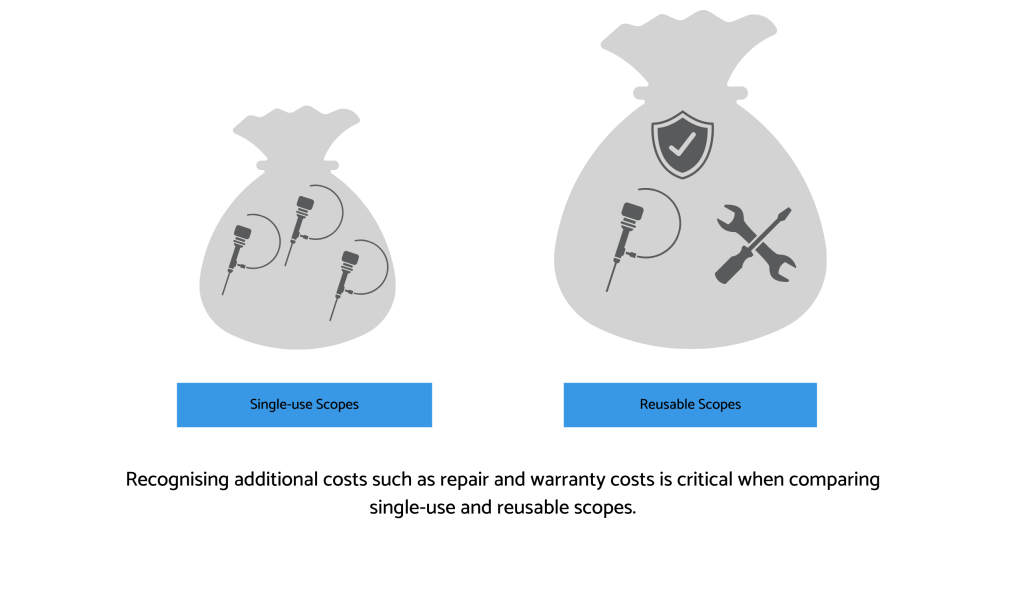
Therefore, when contemplating the environmental and cost aspects, it is apparent that single-use devices hold equal favourability compared to their reusable counterparts. The decision between the two relies on a thorough assessment. In light of this multidimensional assessment, Fannin Ltd. has thoughtfully curated a product range, accounting for the factors mentioned above. In our efforts to minimise environmental impact and offer optimal solutions for our customers, we are actively partnering with suppliers, optimising our supply chain, and involving our broader organisation.
References
- Lilholt Sørensen, B. (2018) ‘Comparative study on environmental impacts of reusable and single-use bronchoscopes’, American Journal of Environmental Protection, 7(4), p. 55. doi:10.11648/j.ajep.20180704.11.
- Ventimiglia, E. et al. (2020) ‘Cost comparison of single-use versus Reusable flexible ureteroscope: A systematic review’, Türk Üroloji Dergisi/Turkish Journal of Urology, 46(Supp1). doi:10.5152/tud.2020.20223.
- Bioplastics in endoscope handles – ambu (no date) Ambu Forever Forward. Available at: https://www.ambu.com/endoscopy/single-use-endoscopy/environment?utm_source=linkedin&utm_medium=organic&utm_campaign=endo-bioplastics-202311-video&utm_content=ad3a&person_source=Social-Paid&li_fat_id=dba8e565-a7c1-4446-ad74-ba6f98f2e5dd (Accessed: 05 January 2024).
